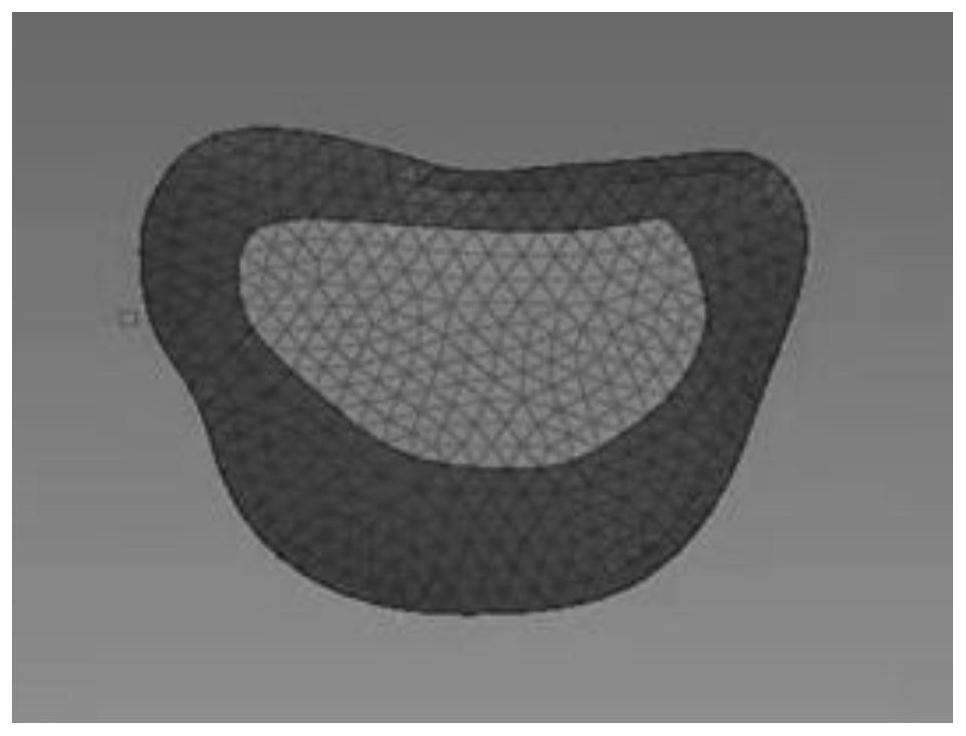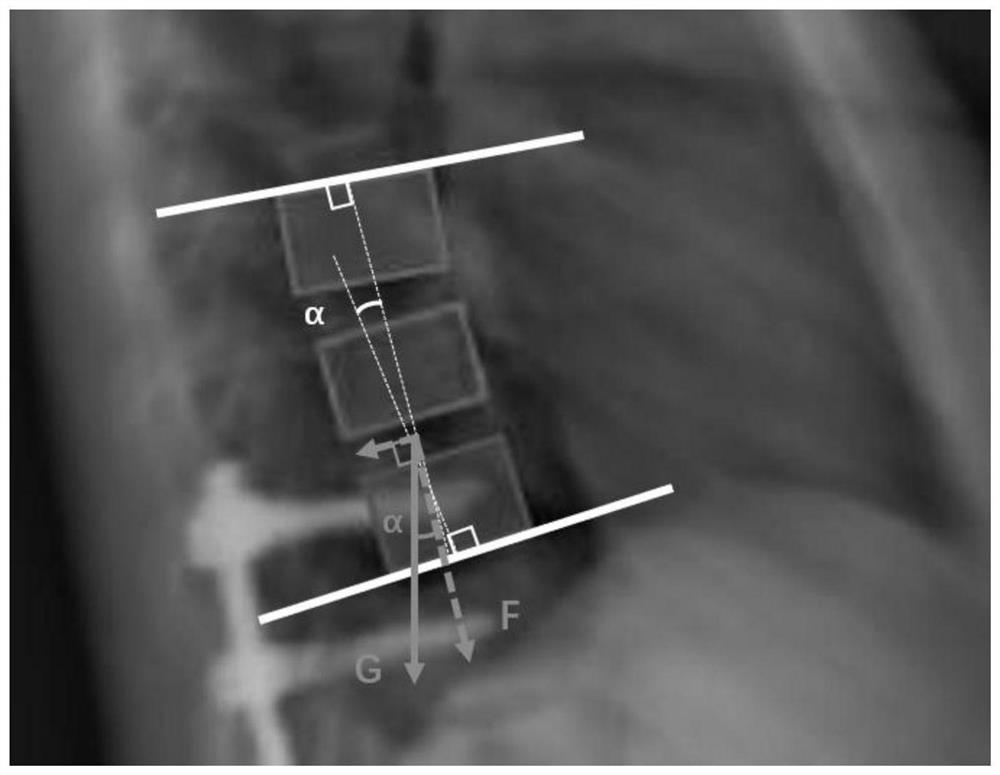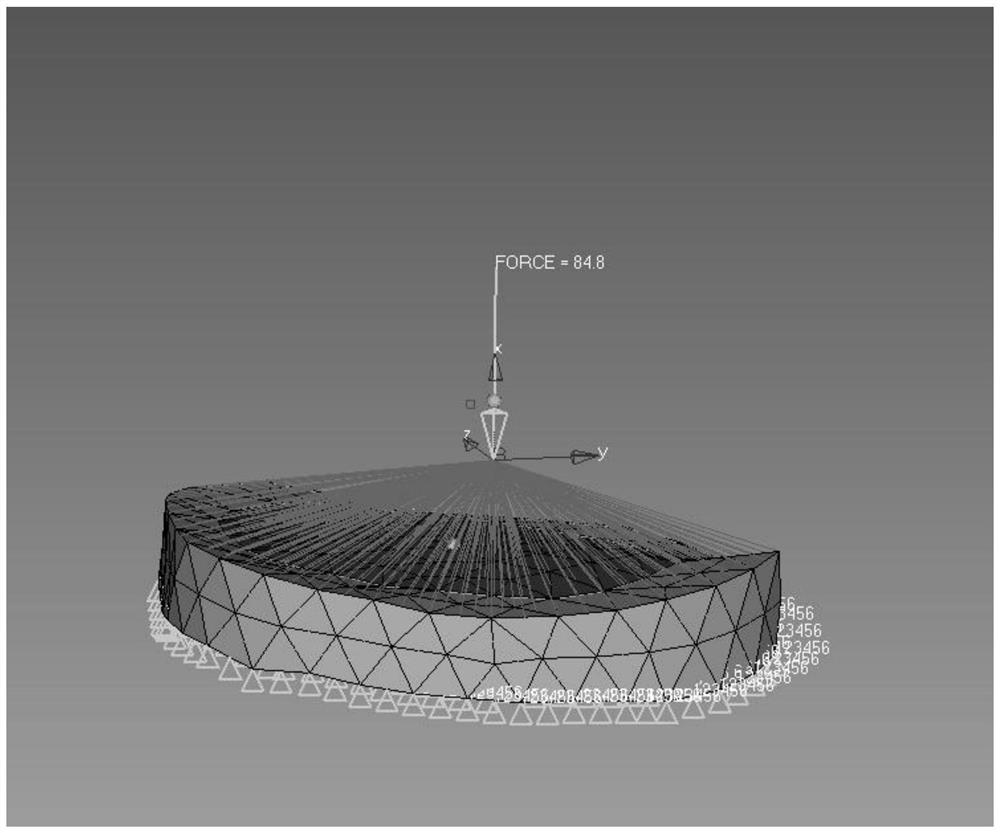Spine near-end boundary angle operation optimization method based on finite elements and machine learning
A machine learning and optimization method technology, applied in the field of medical image processing, can solve problems such as low efficiency, cumbersome process, and optimization suggestions not given for specific orthopedic values of spinal curvature, etc., and achieve the effect of reducing the occurrence of postoperative complications
- Summary
- Abstract
- Description
- Claims
- Application Information
AI Technical Summary
Problems solved by technology
Method used
Image
Examples
Embodiment Construction
[0041] In order to make the object, technical solution and advantages of the present invention clearer, the present invention will be further described in detail below in conjunction with the accompanying drawings.
[0042] The surgical optimization method of the proximal junction angle of the spine based on finite element and machine learning includes the following steps:
[0043] Step s1: collecting patient information, the information includes the patient's gender, age, weight, preoperative CT, preoperative full spine X-ray and postoperative full spine X-ray.
[0044] Step s2: performing image segmentation on the preoperative CT.
[0045] In step s2, performing image segmentation on the preoperative CT refers to importing the patient's preoperative CT into the Mimics software and automatically segmenting the annulus fibrosus and nucleus pulposus of the uppermost fixed vertebral head end intervertebral disc. Such as figure 1 as shown, figure 1 Segmentation rendering of th...
PUM
| Property | Measurement | Unit |
|---|---|---|
| Elastic modulus | aaaaa | aaaaa |
Abstract
Description
Claims
Application Information
 Login to View More
Login to View More - R&D
- Intellectual Property
- Life Sciences
- Materials
- Tech Scout
- Unparalleled Data Quality
- Higher Quality Content
- 60% Fewer Hallucinations
Browse by: Latest US Patents, China's latest patents, Technical Efficacy Thesaurus, Application Domain, Technology Topic, Popular Technical Reports.
© 2025 PatSnap. All rights reserved.Legal|Privacy policy|Modern Slavery Act Transparency Statement|Sitemap|About US| Contact US: help@patsnap.com



